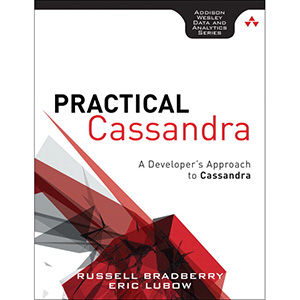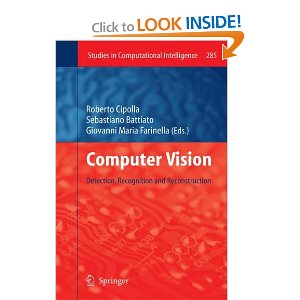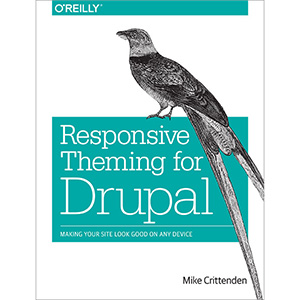Practical OpenCV

Practical OpenCV is a hands-on project book that shows you how to get the best results from OpenCV, the open-source computer vision library.
Computer vision is key to technologies like object recognition, shape detection, and depth estimation. OpenCV is an open-source library with over 2500 algorithms that you can use to do all of these, as well as track moving objects, extract 3D models, and overlay augmented reality. It’s used by major companies like Google (in its autonomous car), Intel, and Sony; and it is the backbone of the Robot Operating System’s computer vision capability. In short, if you’re working with computer vision at all, you need to know OpenCV.
With Practical OpenCV, you’ll be able to:
- Get OpenCV up and running on Windows or Linux.
- Use OpenCV to control the camera board and run vision algorithms on Raspberry Pi.
- Understand what goes on behind the scenes in computer vision applications like object detection, image stitching, filtering, stereo vision, and more.
- Code complex computer vision projects for your class/hobby/robot/job, many of which can execute in real time on off-the-shelf processors.
- Combine different modules that you develop to create your own interactive computer vision app.
What you’ll learn
- The ins and outs of OpenCV programming on Windows and Linux
- Transforming and filtering images
- Detecting corners, edges, lines, and circles in images and video
- Detecting pre-trained objects in images and video
- Making panoramas by stitching images together
- Getting depth information by using stereo cameras
- Basic machine learning techniques
- BONUS: Learn how to run OpenCV on Raspberry Pi
Who this book is for
This book is for programmers and makers with little or no previous exposure to computer vision. Some proficiency with C++ is required.
Table of Contents
Part 1: Getting Comfortable
Chapter 1. Introduction to Computer Vision and OpenCV
Chapter 2. Setting up OpenCV on Your Computer
Chapter 3. CV Bling—OpenCV Inbuilt Demos
Chapter 4. Basic Operations on Images and GUI Windows
Part 2: Advanced Computer Vision Problems and Coding Them in OpenCV
Chapter 5. Image Filtering
Chapter 6. Shapes in Images
Chapter 7. Image Segmentation and Histograms
Chapter 8. Basic Machine Learning and Object Detection Based on Keypoints
Chapter 9. Affine and Perspective Transformations and Their Applications to Image Panoramas
Chapter 10. 3D Geometry and Stereo Vision
Chapter 11. Embedded Computer Vision: Running OpenCV Programs on the Raspberry Pi
Book Details
- Paperback: 244 pages
- Publisher: Apress (December 2013)
- Language: English
- ISBN-10: 1430260793
- ISBN-13: 978-1430260790














